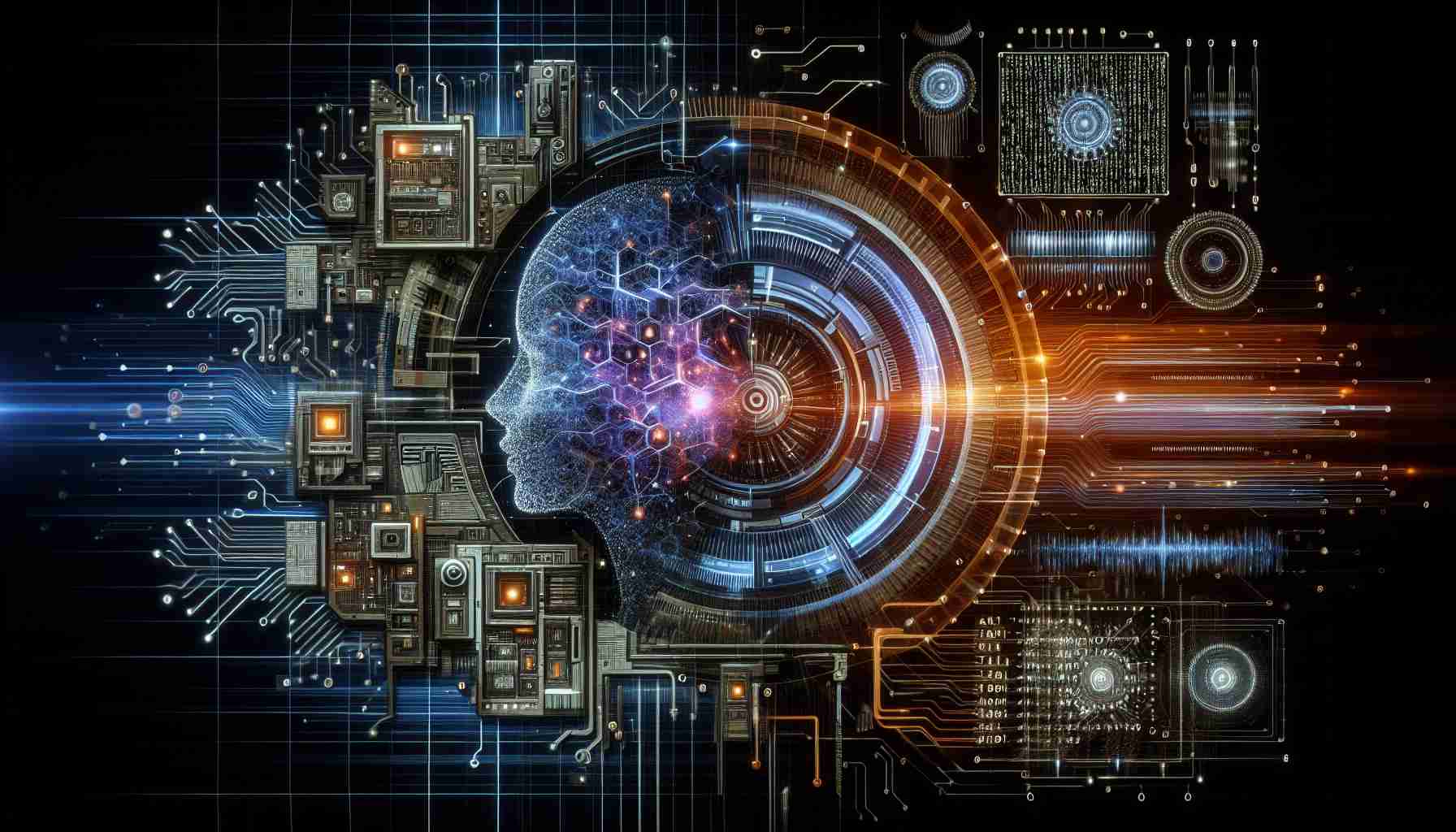RAG Technology Enhances Accuracy of AI Responses
As the AI democratization era accelerates, attention is shifting to the Research Augmented Generation (RAG) technology, critically enhancing corporate reliance on AI services by minimizing hallucination phenomena. This technology promises to be particularly beneficial for chatbot-utilizing businesses where trust and data security are paramount.
RAG technology incorporates external data before formulating responses, greatly reducing hallucination phenomena and garnering significant interest. Its ability to validate information real-time through global knowledge bases before response generation is revolutionizing the perception of AI’s reliability.
Corporate Sector Leverages RAG for Tailored AI Solutions
South Korean IT companies are pioneering in applying RAG technology across various domains to mitigate the detrimental effects of AI’s misleading answers. SK C&C has developed 13 types of custom AI services compatible with LLM, enhancing precision through RAG by integrating LLM with corporate internal search systems in real-time.
LG CNS is equally committed, offering the ‘DAP GenAI Platform’ to businesses, utilizing corporate documents and databases for information retrieval. Meanwhile, Vibe Company introduced ‘Vibe Search,’ an AI search solution that uses the latest RAG technology to employ massive internal and external databases in real-time for accurate information delivery, now operational at the National Library of Korea.
Aggressive Deployment of RAG in Finance, Legal, and Public Services
The financial sector, the legal professions, and public services are rapidly adopting RAG to ensure accurate information provision. For instance, KB Kookmin Card launched the ‘Event Q&AI’ service using RAG, enabling effortless updates of dynamic event information while minimizing hallucination incidents. Legaltech companies are also using RAG-driven chatbots specialized in domestic law by learning from extensive legal databases and decisions.
Government agencies are accelerating digital transformation using AI with RAG-implemented fact-check logic, as revealed by the Statistical Office. Hancom, on the other hand, leverages RAG to foster a more accurate digital document ecosystem. With the integration of RAG, Hancom’s Development Chief (CTO) mentioned the increasing demand for AI to provide specialized responses based on more nuanced information.
When discussing the emergence of Research Augmented Generation (RAG) technology within the context of AI trust, it’s important to consider the broader implications, challenges, and the push for transparency in AI systems.
Key Questions and Answers
– What is RAG technology?
RAG technology combines the capabilities of language models with external data sources to provide validated and fact-checked responses in real-time, notably reducing the incidence of ‘hallucinations’ or incorrect answers generated by AI systems.
– How does RAG technology improve AI trust?
RAG technology enhances trust in AI by verifying information against trusted data sources and databases before generating a response, thus reducing the spread of misinformation and improving the reliability of AI responses.
– Key Challenges and Controversies
One of the primary challenges associated with RAG technology is the scalability of integrating vast amounts of data without compromising response time or system performance. Additionally, there’s the question of ensuring the quality and reliability of external databases used for verification, as the AI’s output is only as reliable as the data sources it queries.
Another challenge is data privacy, as RAG systems require access to potentially sensitive information in order to cross-reference and validate responses. Companies must ensure they adhere to global data protection regulations such as GDPR.
A controversy surrounding AI and RAG technology is the ethical use of artificial intelligence. While RAG seeks to improve the trustworthiness of AI, issues such as bias in the data sets and the potential misuse of technology for surveillance or other unethical purposes still persist.
Advantages and Disadvantages
The advantages of RAG technology include improved accuracy in AI responses, increased trust from users, and a reduction in the propagation of misinformation. It is particularly beneficial in industries where precision is crucial, such as legal, financial, and public services.
On the downside, disadvantages may include the costs associated with integrating and maintaining RAG systems, the complexity of ensuring real-time performance with extensive databases, and the challenges of keeping the knowledge bases up-to-date.
For further understanding of the context of AI development and advances like RAG technology, you might explore the main domains of renowned AI research organizations and technology business companies. Here are some links:
– Google AI
– OpenAI
– IBM Watson
– DeepLearning.AI
Please ensure to cross-verify the links, as websites’ URLs are subject to change.

